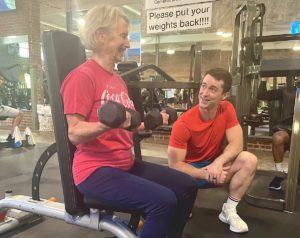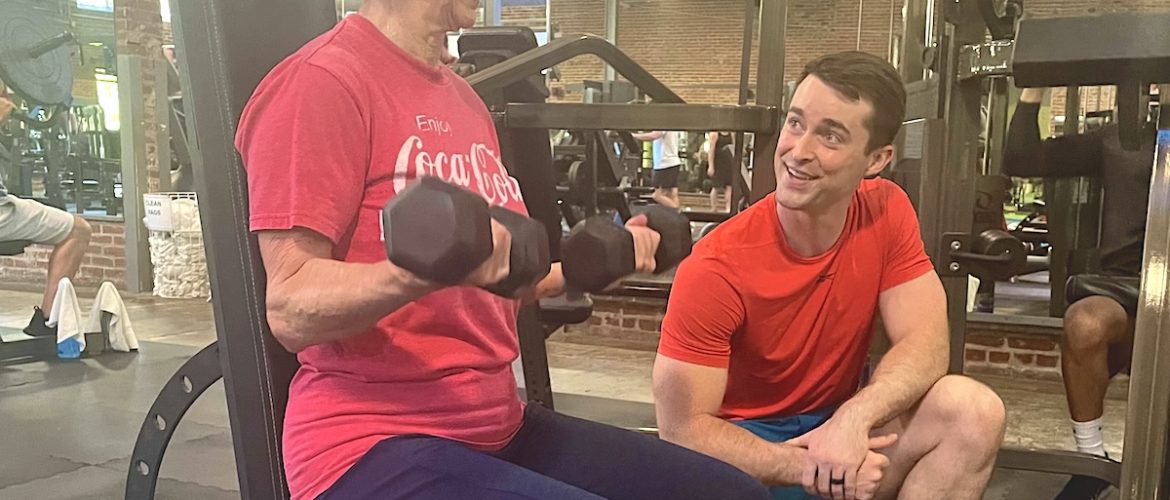
Need a reason to smile? Here’s one.
Everybody wants a miracle cure for everything that ails them. And no less than the New York Times proclaimed in a headline, “Closest Thing to a Wonder Drug? Try Exercise.”
We agree!
“Of all the things we as physicians can recommend for health, few provide as much benefit as physical activity,” as Dr. Aaron Carroll of the Indiana University School of Medicine wrote in the nation’s paper of record.
And this view is widely upheld by others in medicine, geriatrics and fitness.
Making the Smartest Investment
It’s like investing in your future, but with your health rather than money (although healthy habits do save you money, too).
Fitness can help you prevent illness and manage symptoms of a range of ailments. Being fit also helps people recover better after common surgeries or illnesses. Regular gym workouts:
- Add years to life
- Support heart health
- Strengthen bones
- Improve balance and blood pressure
- Lower body fat
- Prevent falls
- Improve sleep
- Treat cancer, Parkinson’s, Type 2 diabetes and more
The U.S. government suggests people get at least 150 minutes every week of moderate intensity exercise.
A Harvard study says that just 15 minutes of physical activity a day can add three years to your life.
And the Journal of the American Medical Association said that not exercising puts individuals at greater risk than smoking and diabetes.
Research proves that exercise is good for our health at any age. Experts say it also helps prevent cancer and lower its risk of recurring. And regular exercise benefits cancer survivors the same way it helps the general population – by reducing obesity and blood pressure, lowering risk of heart attack, stroke, and diabetes, and more.
2 Recent Studies at to the Evidence
Being inactive throughout life contributes to the likelihood of falls, at least in women, according to a study published in the British Journal of Sports Medicine.
The study involved more than 11,700 participants, with an average age of 54. Those who had not been very physically active over the years were 40 percent more likely to fall in their 70s. There was a greater risk for women who had been physically active around age 49 but then stopped from around age 55.
So, the researchers determined that exercise must be ongoing to protect from falls.
Reporting on a separate study touting resistance training, CNN wrote, “Retirement should be filled with time with loved ones, relaxation and — according to new research — heavy lifting.”
Participants who practiced resistance training with heavy loads had the best long-lasting benefit in leg strength, the researchers wrote in the journal BMJ Open Sport & Exercise Medicine. Their leg strength was just as good even four years later.
Resistance training includes weightlifting and body-weight exercises – anything that uses your muscles to work against a force. It’s essential for older adults to preserve muscle mass and bone density and to lower the risk of falls, among other benefits.
Let us show you how exercise at any age will provide powerful returns throughout life. We are here to help!
Holly Kouvo is a personal trainer, functional aging specialist, senior fitness specialist, brain health trainer, writer, and speaker.

